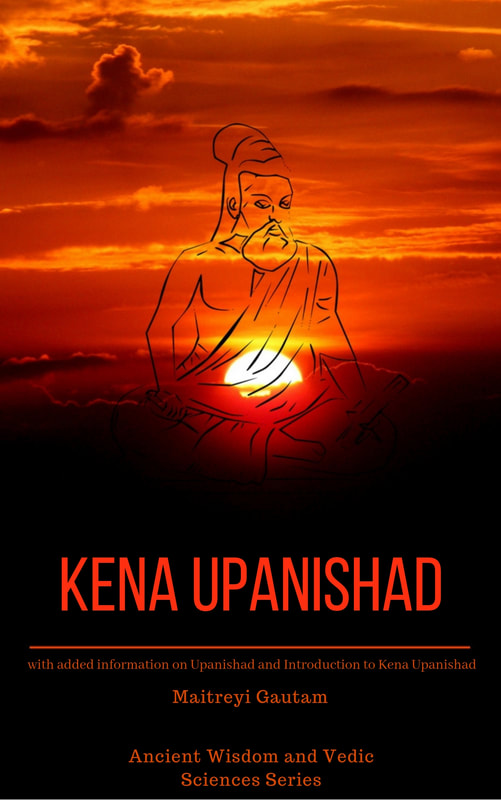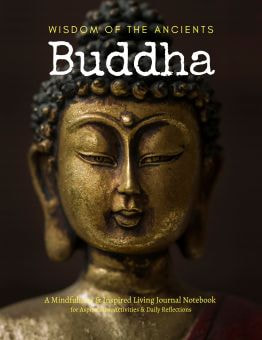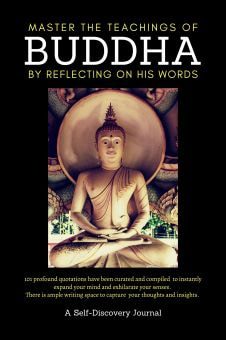Here are some key features of Manipuri dance:
- Themes: Manipuri dance is deeply rooted in the Vaishnavism tradition of Hinduism, and its themes are primarily drawn from the stories of Lord Krishna and his consort Radha, as depicted in the Bhagavata Purana and other sacred texts. The Ras Lila, a dance drama that narrates the love story of Radha and Krishna, is one of the most popular performances in Manipuri dance.
- Graceful Movements: Manipuri dance is characterized by its graceful and flowing movements, with rounded and continuous hand and body motions. The dance form avoids any sharp or jerky movements, creating a smooth and lyrical visual experience.
- Costumes: Manipuri dancers wear traditional costumes that are richly embroidered and colorful. Female dancers typically wear a stiff skirt called a "phanek," a translucent blouse, and a decorative headpiece. Male dancers usually wear a dhoti (a piece of cloth tied around the waist) and a decorative headpiece. The costumes often resemble the attire worn by Radha and Krishna in traditional depictions.
- Music: Manipuri dance is performed to music that is influenced by the classical music traditions of North and Northeast India. The accompaniment typically includes vocalists, a pung (drum), pena (a stringed instrument), and kartal (cymbals).
- Facial Expressions and Abhinaya: Manipuri dance places a strong emphasis on abhinaya, or expressive acting. Dancers use subtle facial expressions, hand gestures, and body movements to convey emotions and tell stories. The eyes play a particularly important role in the expression.
- Traditional and Folk Elements: Manipuri dance incorporates both traditional and folk elements from the diverse cultural traditions of Manipur. The dance form includes various styles and sub-genres, such as the Pung Cholom (a drum dance), Thang-Ta (a martial arts dance), and the Lai Haraoba (a ritualistic dance).
Manipuri dance has a rich history and is deeply rooted in the religious and cultural traditions of Manipur. The dance form has been recognized as a classical dance by the Sangeet Natak Akademi, the national academy for performing arts in India, and it continues to be a vibrant and cherished part of the cultural heritage of Manipur and India.























